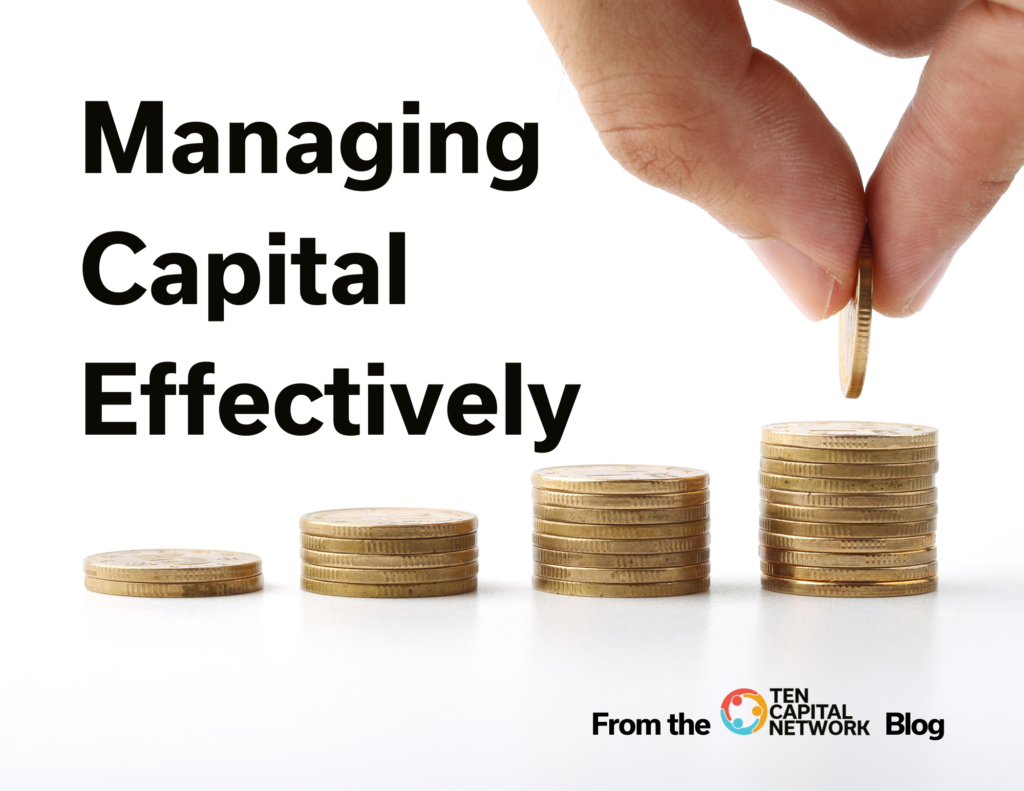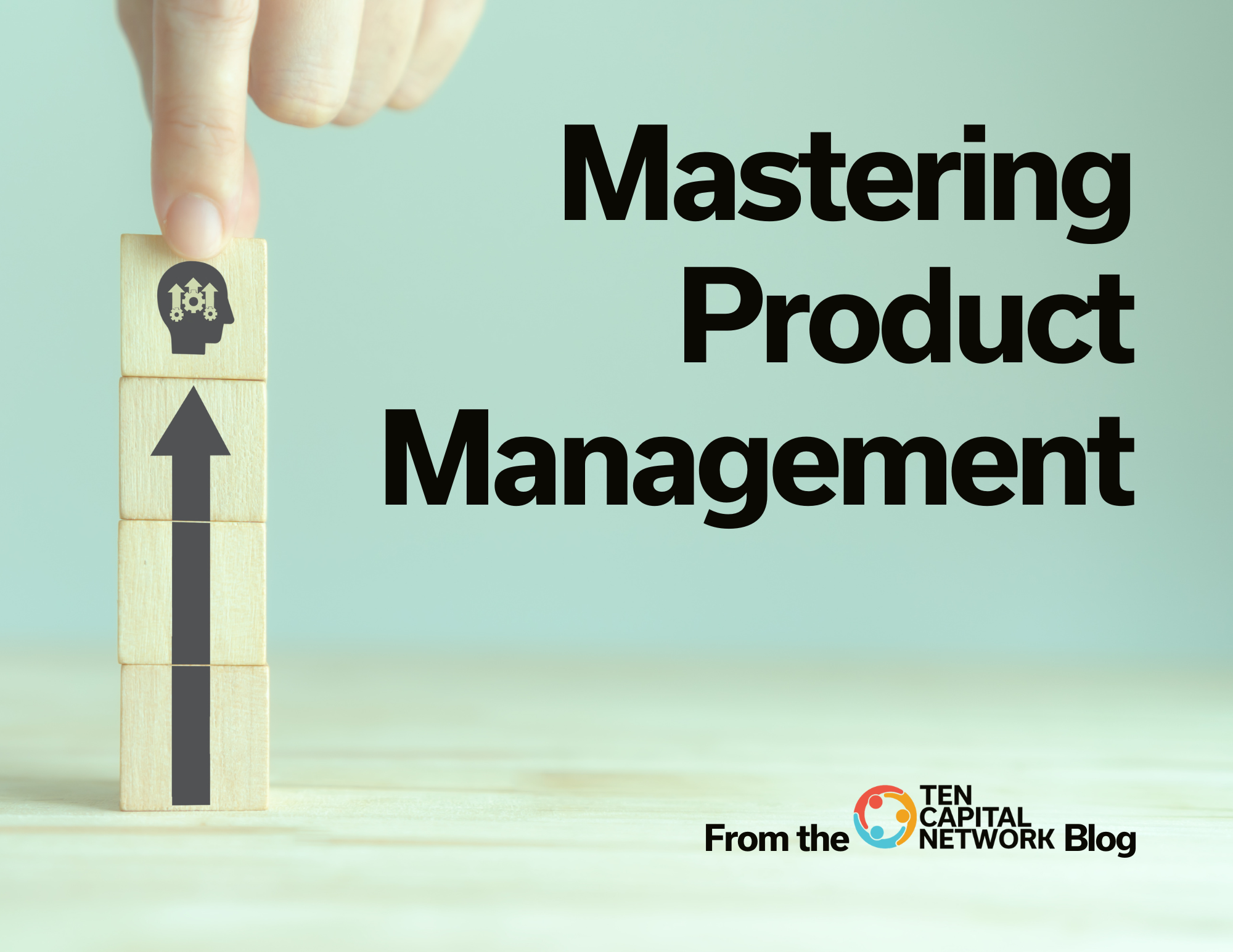2 min read Startups often struggle to obtain, preserve, and manage the amount of capital needed to get the proverbial ball rolling.
Today, we share two tricks on how to get around this problem: equipment leasing and accounts receivable factoring. Learn how these methods can earn you capital upfront and help you maintain throughout your production and sales processes.
Equipment Leasing
Equipment leasing lets you borrow funds to obtain assets such as computers, machinery, and other items you may need to build your product and run your business. This method works best for cash-flow management when you have a long-term need for the equipment.
Instead of raising equity funding to buy the equipment, you can lease the equipment- an less expensive method that spreads the payments over a period of time rather than requiring the funding for the equipment upfront. This works well for businesses that are capital-intensive.
There are two types of leasing. The Finance Lease (also called the Capital Lease) and the Operating Lease. The Finance Lease is a long-term arrangement in which the startup is required to pay the lease rent until the end of the contract, which is usually the life of the asset. The Operating Lease is for a shorter period of time and is often cancelable.
Providers of equipment leasing must have a license and cannot hold or offer real estate. The lease period cannot be fixed for less than three years, except for IT and computer equipment. Leased equipment appears as an expense on the income statement rather than on the balance sheet, which would reduce the startups’ liquidity. Over the long term, the cost of the asset will be higher than that of an outright purchase.
It’s best to look for a closed-end lease without a balloon payment at the end. An open-end lease requires you to pay the difference between the value of the equipment and what you’ve paid for it so far.
Factoring
Factoring is selling your accounts receivables to a finance company at a discounted rate. It’s not a loan, you are not taking on debt. Rather you are selling your invoices for cash, albeit at a discount. Businesses with a cash-flow shortage often use factoring as it’s a fast way to access capital without taking on debt.
When you sell a physical product and invoice the customer, it can take up to sixty days or more before they pay. Factoring provides funding by reducing your accounts receivable by selling the invoice. The factoring company gives you cash immediately when you sell and takes a transaction fee on the use of their funds. The factoring company is now at risk for non-payment.
Factoring works well for consumer product companies that have cash-flow challenges as the business requires capital to build the product, sell and ship the product only to collect payment later. This method reduces the amount of working capital needed and may reduce the amount of funding you need from equity capital raises.
A typical factoring arrangement gives the business 85% of the value of the invoices and keeps 15%. The factoring company often charges a processing fee and a fee for however many days it takes the customer to pay the invoice. These two costs add up to be the discount the business is paying for the receipt of cash.
Keep in mind that your customers will know you are factoring as the invoice will be retitled into the name of the factoring company.
Read more in our TEN Capital eGuides: https://www.startupfundingespresso.com/eguide/

Hall T. Martin is the founder and CEO of the TEN Capital Network. TEN Capital has been connecting startups with investors for over ten years. You can connect with Hall about fundraising, business growth, and emerging technologies via LinkedIn or email: hallmartin@tencapital.group





